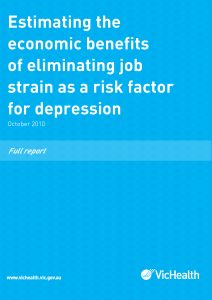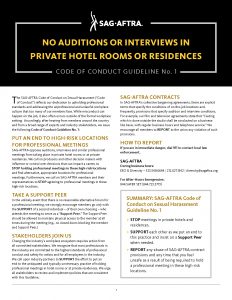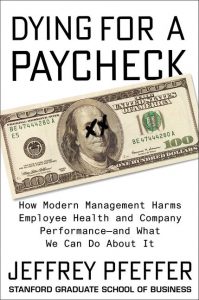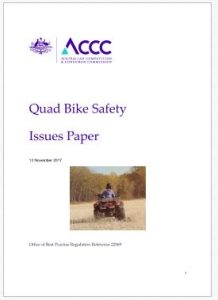As the dominance of neoliberalism weakens around the world, people are fearful of what comes next. In some sectors, that fear includes occupational health and safety (OHS). OHS is a business cost, in the same way as every other cost of running a business, but it is often seen as an interloper, a fun-sucker, a nuisance and/or an impediment to profitability. This misinterpretation needs to be contested.


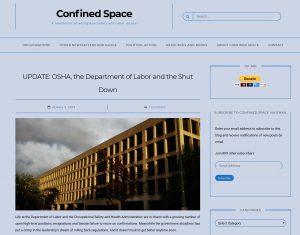
 Occupational health and safety (OHS) related decisions are made on the state of knowledge about hazards and it is up to OHS people to make sure the state of knowledge is at its best so that the best decisions can be made. But what do you do if the state of knowledge on a hazard seems to be made purposely uncertain and that uncertainty is leading to the status quo, which also happens to provide a huge income for the owner of the product creating the hazard.
Occupational health and safety (OHS) related decisions are made on the state of knowledge about hazards and it is up to OHS people to make sure the state of knowledge is at its best so that the best decisions can be made. But what do you do if the state of knowledge on a hazard seems to be made purposely uncertain and that uncertainty is leading to the status quo, which also happens to provide a huge income for the owner of the product creating the hazard.